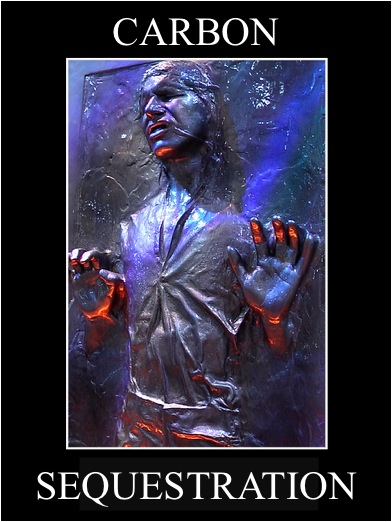One point we often forget when debating climate change strategies is the major economic case for changing our economy to new, clean technology. A new study has been released on the impacts of the Kerry-Lieberman bill, which we’ve never been so hot on, but it shows that despite what the chicken littles at the Chamber of Commerce might spew about how a carbon cap is a jobs killer, it’s anything but. From the NY Times articles on this story:
The Peterson Institute for International Economics said in its 18-page report that the bill from Sens. John Kerry (D-Mass.) and Joe Lieberman (I-Conn.) creates the new jobs between 2011 and 2020 because of its mandatory limits on greenhouse gases, which will prompt $41.1 billion in investments per year as the nation shifts away from traditional fossil fuels like coal and oil and toward new nuclear power and renewables.
Looking closer at the study itself, we see something very interesting. Michael Levi of the CFR points out that it looks more like this is a nuclear jobs bill than a climate bill, echoing what Public Citizen’s Tyson Slocum has said repeatedly about this bill.
And indeed, here is average ANNUAL net job creation by industry from 2011-2020 according to page 12 the analysis:
- Nuclear: 165,000
- CCS: 96,000
- Renewables: 19,000
Yikes. Overall, this is a bad deal. And, this assumes that carbon sequestration is economical, safe, and practical. But more on that later.
The sad thing is, we know what we need to do to create more jobs in renewable energy. But this bill doesn’t deliver those, it gives us a watered down energy policy that according to the Union of Concerned Scientists would likely deliver 0 new net renewable energy over a business as usual strategy. Instead, they say, a STRONG renewables package would
- save consumers $64.3 billion by 2025 and $95.5 billion by 2030 in their electricity and natural gas bills;
- create 297,000 new, green jobs;
- produce $263.4 billion in new capital investment; and
- take the equivalent of 45.3 million cars off the road through reducing the global warming pollution from power plants.
That sounds more like the energy policy we want, and with more jobs created in actual renewable energy.
So let’s get back to Nuclear and CCS. Why are these a bad bet? Well, this study assumes that the nuclear plants will actually be built, when that is anything but a sure thing, as the CBO estimates half of all loans for new reactors will fail and construction will never be complete. That means half of that money will just be wasted, and half of those nuclear jobs will likely never materialize.
And then we get to CCS. We’ve had some great discussion about the feasibility of carbon sequestration around here, including an interview with Dr. Ian Duncan we hope to share with you soon. From an academic standpoint and from experiments so far, it seems promising. But I still remain wary, especially when with offshore drilling we were given the same reassurances of safety and feasibility– and we can see where that has led us. So before we drill, baby, drill to bury CO2 underground, we need to make sure we’ve thought everything through so that the promise of CCS doesn’t remain as mythical as the carbon freezing process in the Tibanna gas mines of Bespin in Cloud City. (Ok, so sue me– it’s the 30th anniversary of the release of the Empire Strikes Back and I am a HUGE geek.)
But regardless, I think it’s foolish to bank on job creation from an industry that has yet to create one working large scale operation, like CCS, or that hasn’t permitted a new reactor since…. well, before Empire Strikes Back came out.
If we’re going to invest in a new generation of jobs, let’s make them good, green jobs in real renewable industries.



